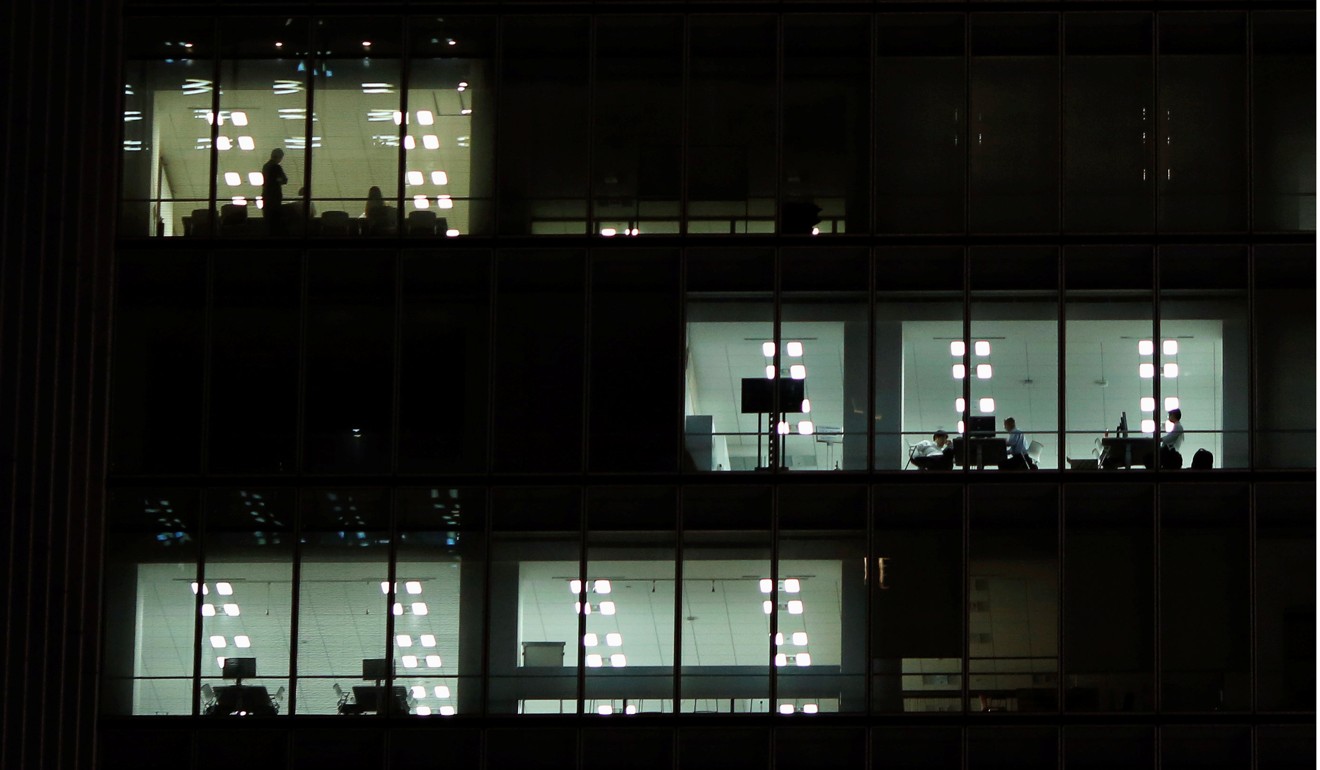
Hong Kong cheaper than Beijing, Tokyo when it comes to cost of setting up offices, says CBRE
While Hong Kong has made headlines for having the most expensive prime office rents in the world, it is wrong to assume that it is the costliest location for businesses to set up their offices. Recent research by CBRE sets the record straight by uncovering that leasing costs account for less than half of a business’ all-in office investment.
By analysing leasing costs, operating costs and the capital expenditure incurred in office investments across 25 major cities in Asia Pacific, Hong Kong actually comes in third in the region, following Tokyo and Beijing, according to the Asia Pacific Cost Guide 2017/2018 by CBRE.
Focusing on the headline office rents alone oversimplifies the various costs that need to be taken into consideration when managing a real estate portfolio. The Cost Guide provides a tangible model for occupiers to better estimate real estate costs over a five-year period by computing the leasing cost (47 per cent), fit-out cost (44 per cent), reinstatement cost (6 per cent) and facility management cost (3 per cent).
The guide reports that a company leasing a 30,000 sq ft grade A office in Hong Kong needs to invest US$18,624,165 in total, or US$621 per square foot, over the course of five years, compared to US$19,095,807, or US$637 per square foot, in Beijing, and US$19,561,890, or US$652 per square foot, in Tokyo.
What makes Hong Kong less expensive than it seems?
First of all, the leasing costs for grade A office buildings in Hong Kong are actually lower than those in Tokyo and Beijing. Although Hong Kong has topped the global prime office occupancy cost table, prime office buildings refer to only a handful (3 to 5) of creme de la creme grade A offices, a.k.a. grade A1 office buildings, in Hong Kong.
Meanwhile, the overall grade A office rent in Hong Kong was US$106 per square foot per annum, compared to Beijing’s US$115 and Tokyo’s US$109.
Hong Kong also offers a relatively greater bargain for companies which look beyond CBDs for more affordable office space, when compared with Beijing, Shanghai, Singapore and Sydney.

The facility management cost, which refers to the operating costs, including cleaning, building services engineering, pest control, and security services, was relatively low in Hong Kong compared with most other major cities in the region. It costs a little more than US$8 per square foot for facilities management in Hong Kong, compared to Sydney’s US$9.94 and Singapore’s US$9.15 per square foot.
In terms of fit-out costs, which is the second-largest cost to occupiers, Hong Kong ranked second highest in the region after Sydney. A fit-out includes consultancy fees, development costs, building services engineering, fixed furniture and equipment.
Evidently, although Hong Kong’s office market is notorious for its high rents, the actual overall investment for corporations to set up in the city is comparable to our neighbours, allowing Hong Kong to maintain its status as an important business hub. While the cost for occupiers to operate in Hong Kong is by no means cheap, corporations can be cost effective through decentralisation, partnering with experienced real estate service providers, and implementing efficient workplace strategies.
Steve Palfrey is an executive director of CBRE Hong Kong’s Project Management division
